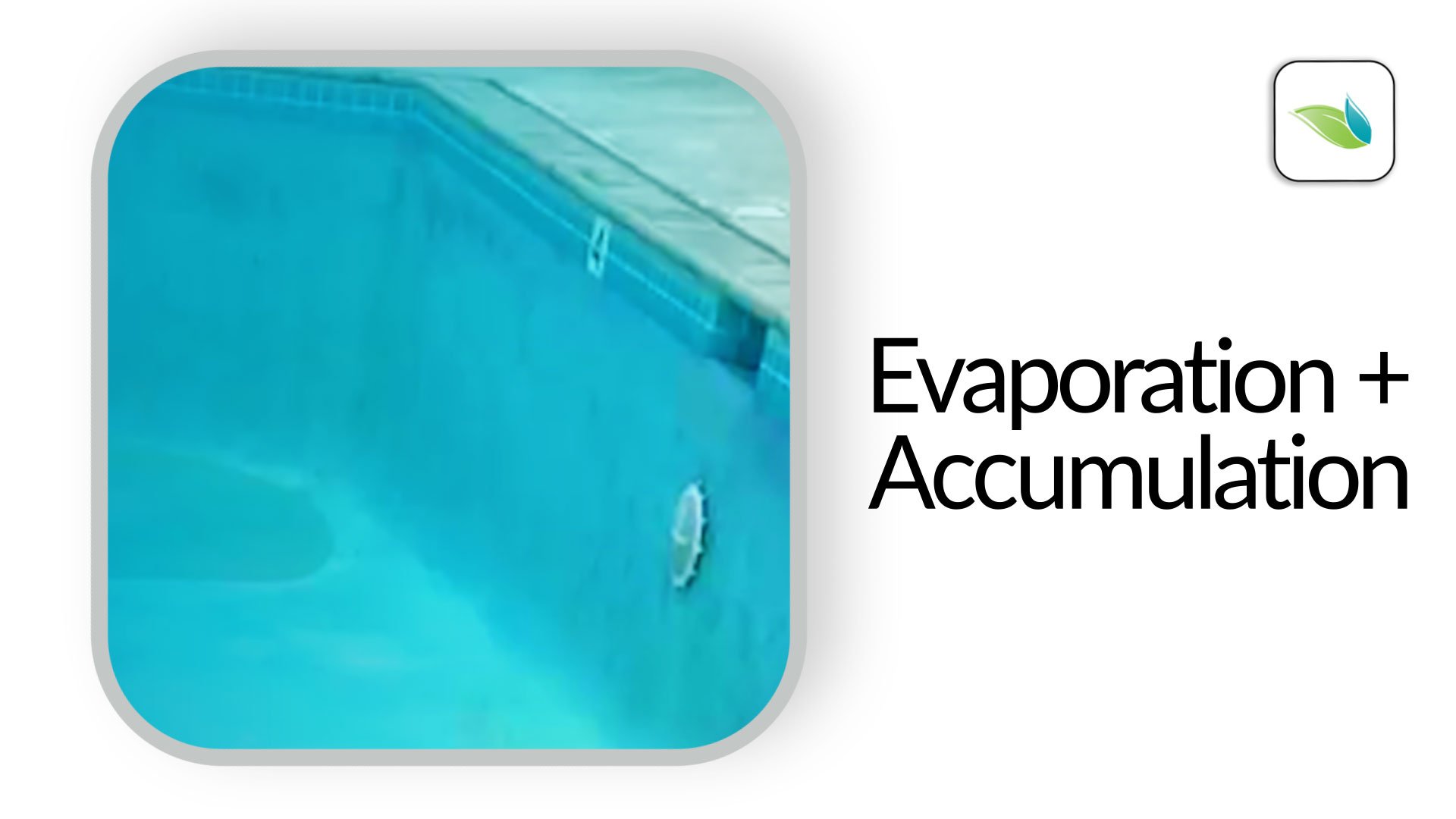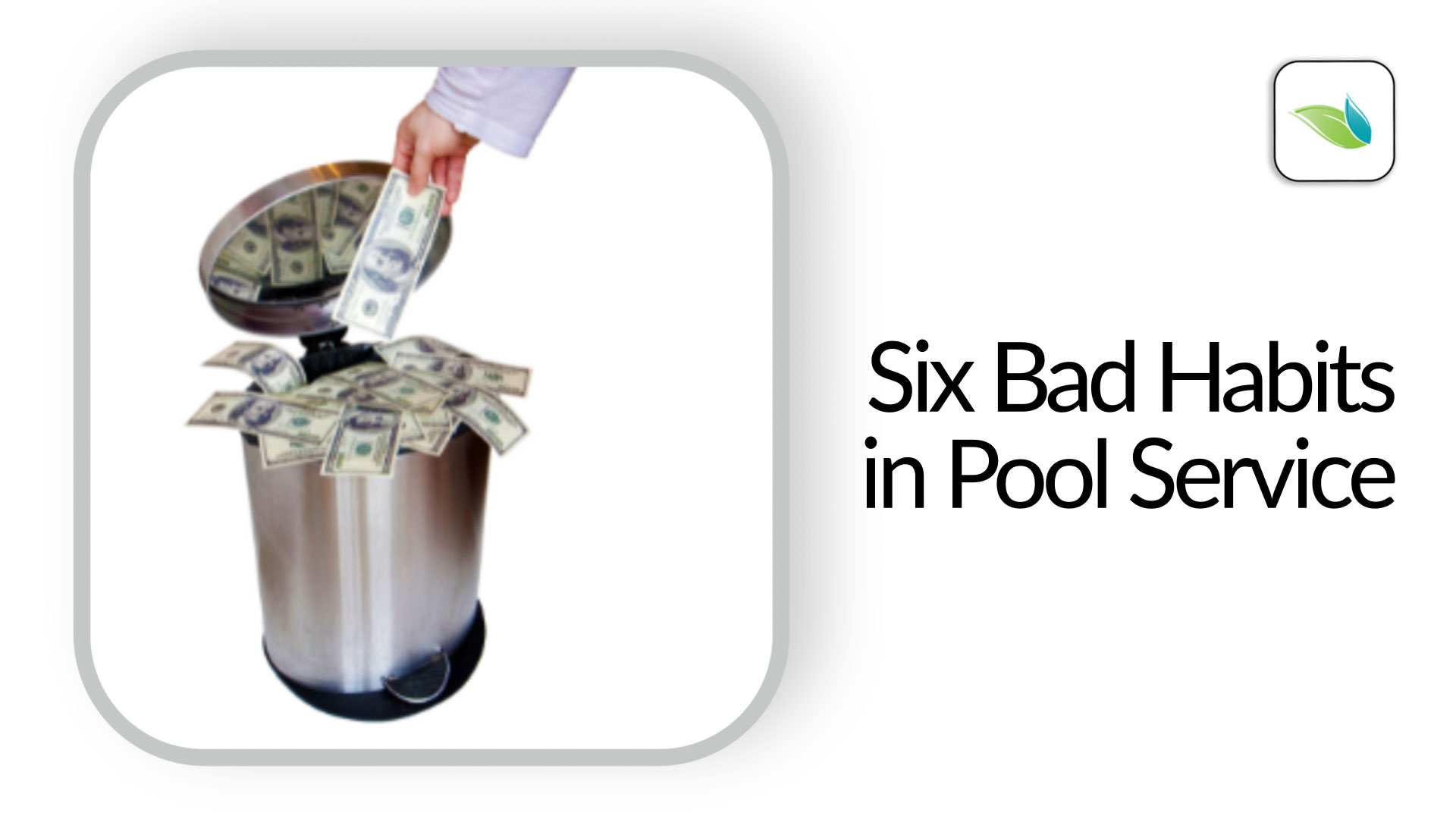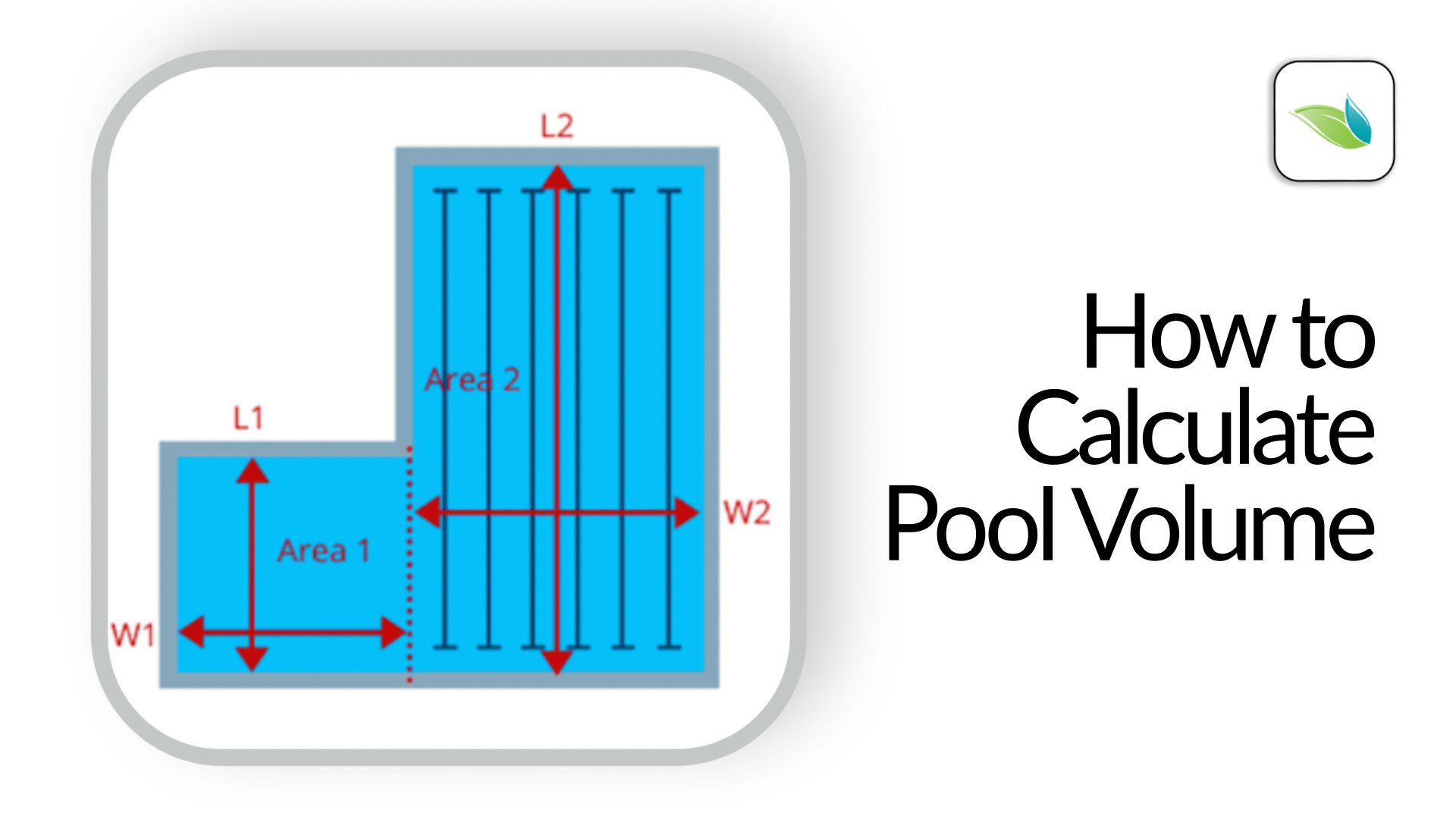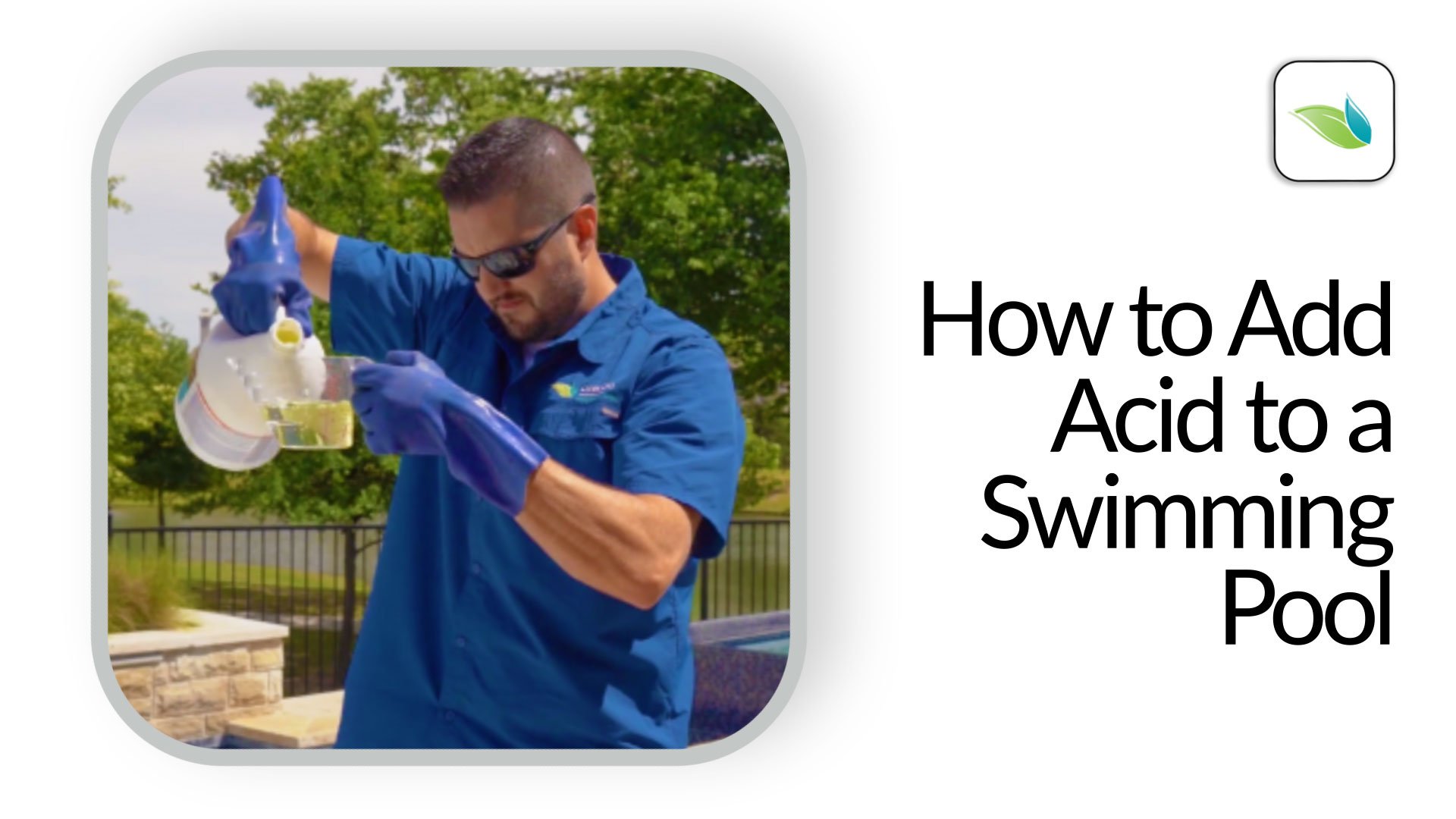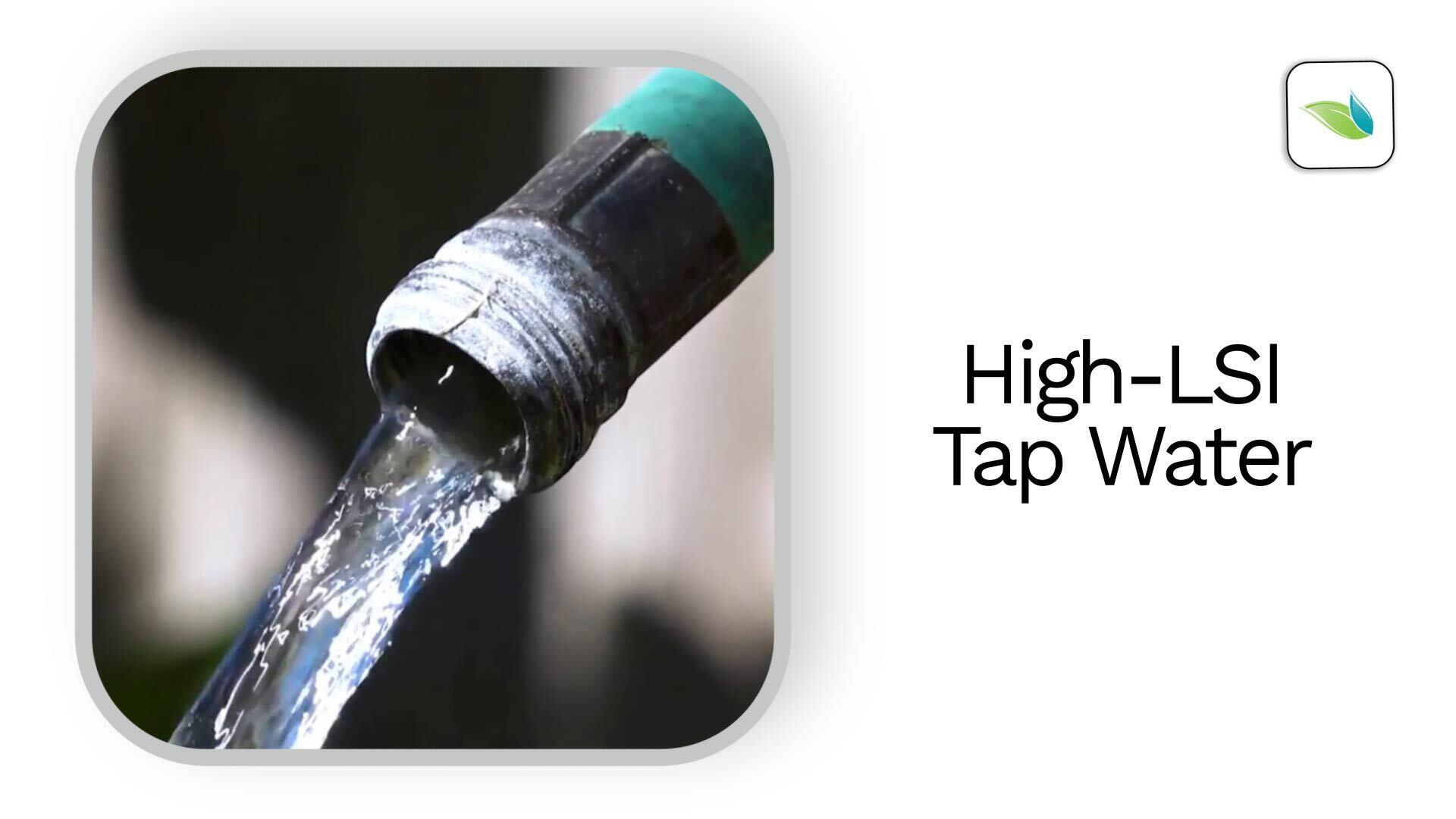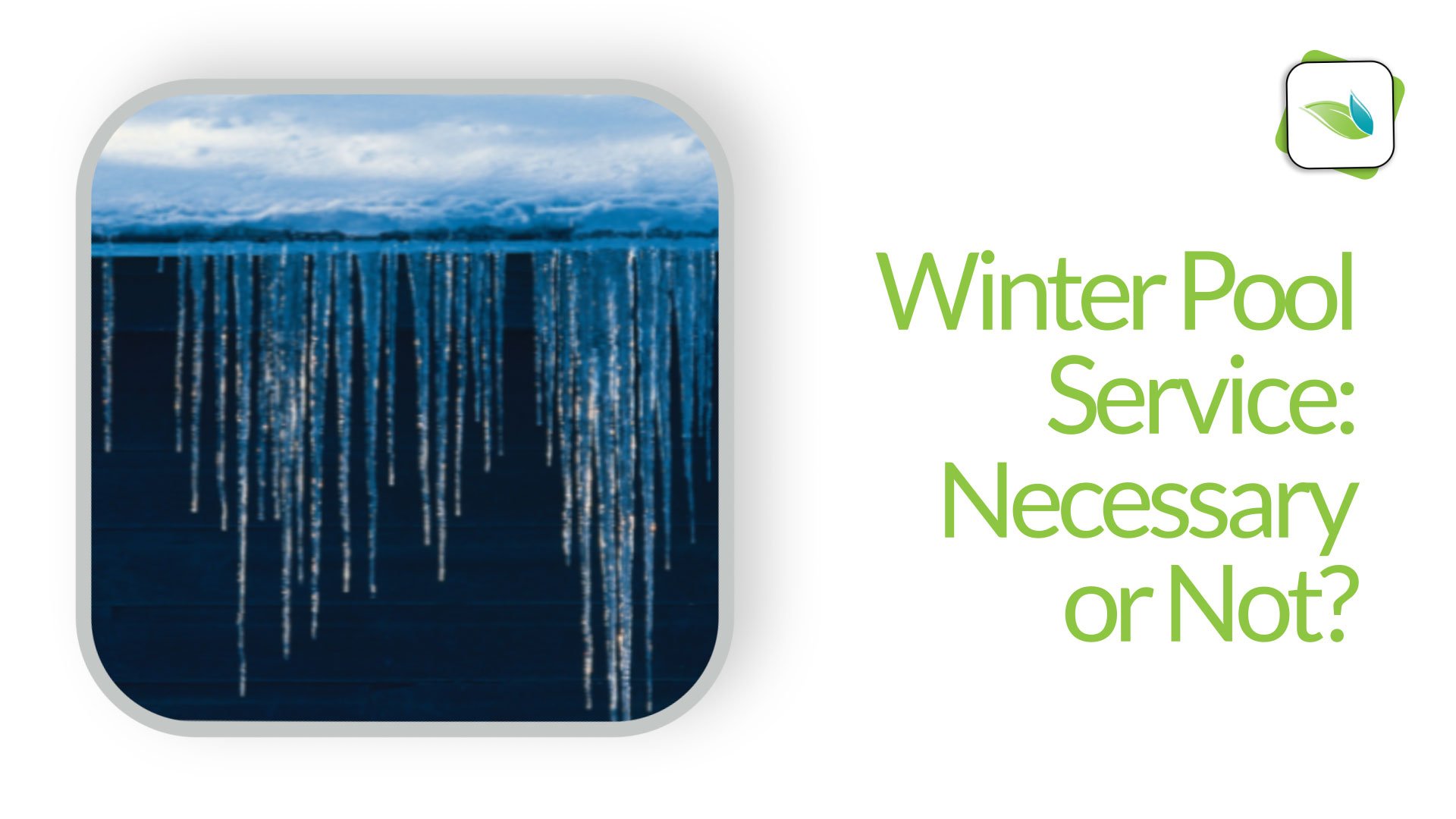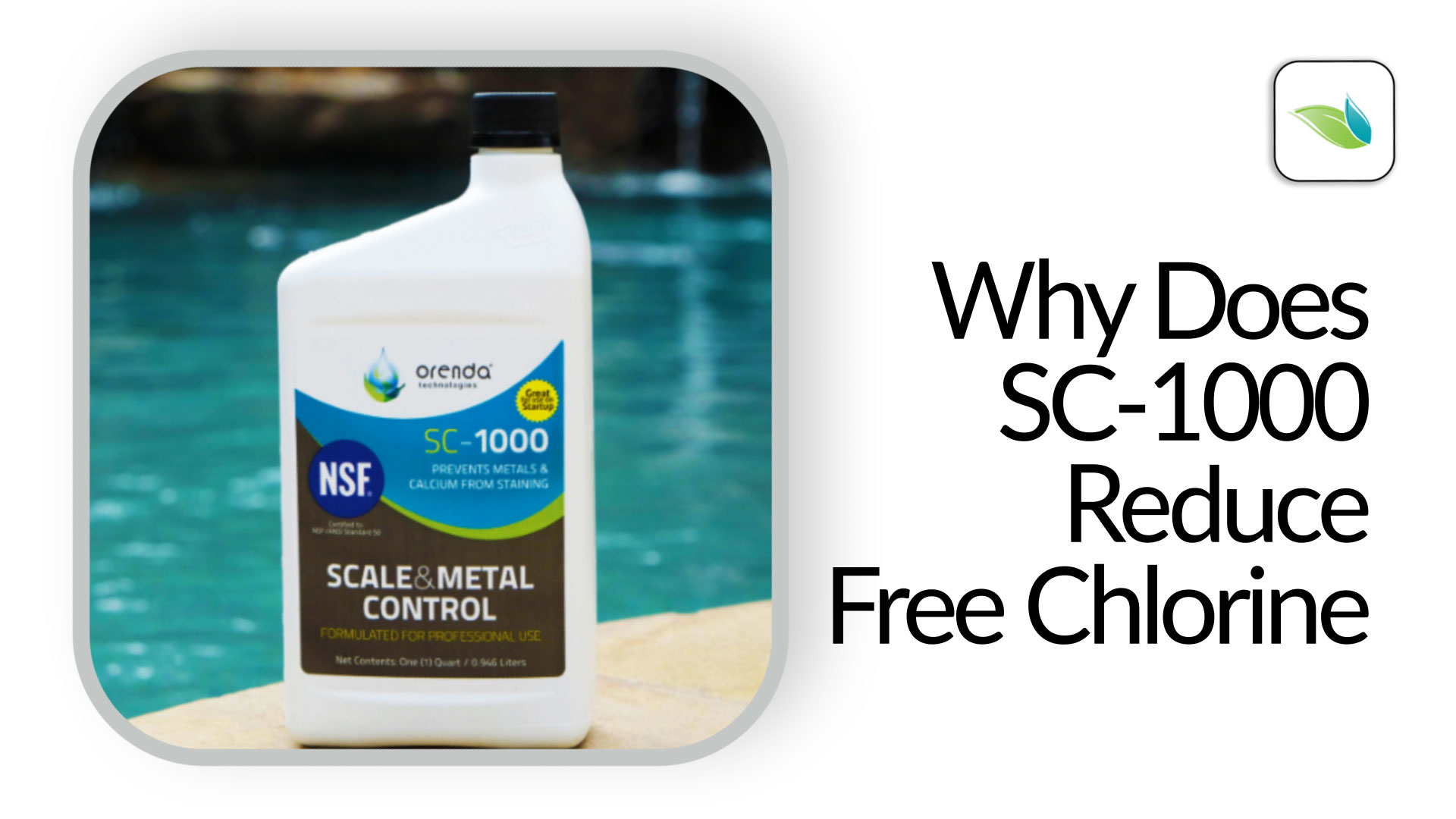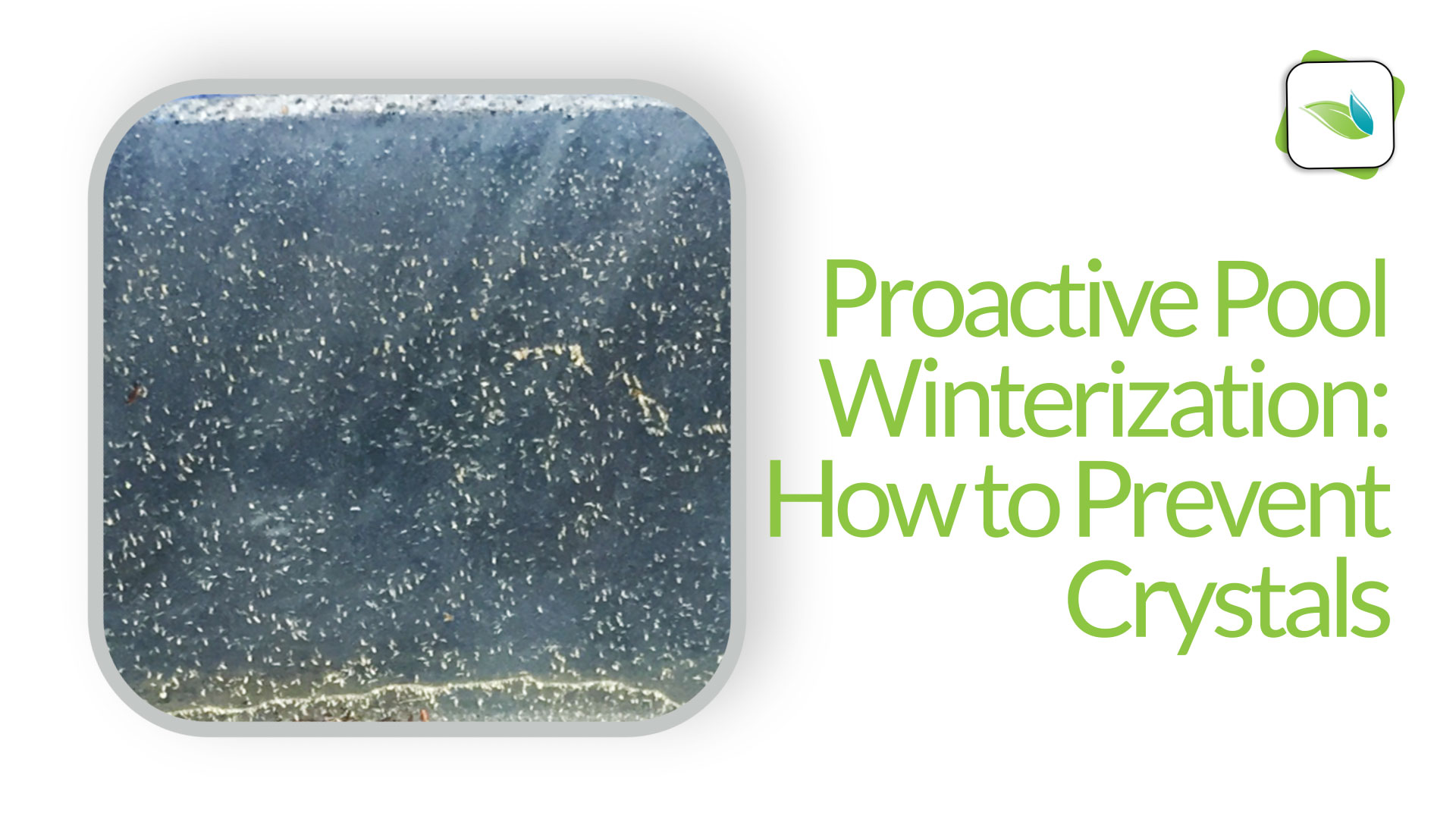Evaporation and Accumulation
When water evaporates, it leaves behind minerals, metals, and other dissolved solids like salt. Naturally, whatever is left behind will accumulate over time. Let's discuss the impact that evaporation has on water chemistry, and how you can be proactive and adapt to it.

